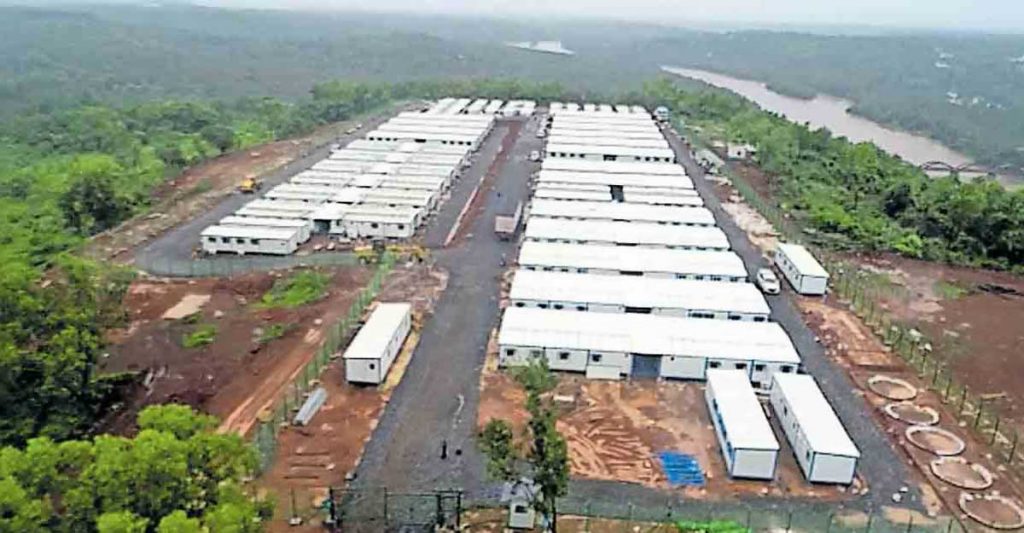Looking back at the top 5 posts from the month of August 2020. All these posts were originally published in LinkedIn as part of the daily content I have been posting.
Project Update: Rohtang Tunnel
India’s one of the most ambitious and strategic road project, Rohtang Tunnel will be inaugurated in September this year after nearly a decade in construction .
Project through the years
💡 1983 Ideation
1️⃣ 1990 Feasibility study
2️⃣ 2004 Geological Report
3️⃣ 2006 Design and specification report
4️⃣ 2007 Tenders floated
5️⃣ 2010 Foundation stone laid
6️⃣ 2015 Expected project complete date️
7️⃣ 2020 Project completed
Salient features
👉🏻 World’s longest tunnel above an altitude of 10,000 ft
👉🏻 All weather connectivity
👉🏻 Telephones, fire hydrants, air quality monitoring, CCTVs etc at regular intervals
👉🏻 Length: 9.02 km
👉🏻 10.5 m wide, 5.52 m height
👉🏻 80kmph maximum speed
👉🏻 Up to 1,500 trucks and 3,000 cars are expected to use it per day
👉🏻 Reduces the distance between Manali and Leh from 474 km by 46 km to 428 km, and reduces the journey time by 2.5 hours.
👉🏻 Project Cost: 3200 cr
1% a Day
Whatever you want to get better at, do 1% more each day.
1% compounded everyday is 3800% a year
What’s your favorite?

Buy as costly as possible and sell as cheap as possible: How often do you hear that?
The primary objective of most private companies is to buy as cheap as possible and sell as high as possible. This is how they make a profit.
Amul on the other hand is not a private company, it is a Co-operative, where small farmers and dairy producers come together to pool their resources, process and market their product.
As a Co-operative their aim is not to make profits for the company, but to maximize the returns for its stakeholders/suppliers, who are also the owners.
Dairy being a perishable good, they also have to ensure much of the products are sold off within the end of the day. They do so by ensuring a delicate equilibrium of the lowest difference between buying and selling.
This strategy/philosophy has worked wonders for the company. Amul is already the largest FMCG in India with revenues of Rs 52000 crores in 19-20. Whereas, the largest listed FMCG company, Hindustan Unilever had revenues of about Rs 40,000 crores as of March ’20.

Google launches People Cards in India
Ever wanted your name to rank on Google, now it’s possible with Google People Cards
You can now set up how you want to be found on Google Search in form of virtual visiting cards that shows details such as
👉🏻 Your name
👉🏻 Occupation
👉🏻 Education
👉🏻 About
👉🏻 Website
👉🏻 Social media handles
👉🏻 Phone/E-Mail
To create just search for Add me to search while being logged on to your google account from mobile

Cost, Price and Value
Warren Buffett once said “Price is what you pay, value is what you get” this is not only applicable in stock picking, but in everyday life and business also.
Cost: Money incurred on the raw materials, effort, and process of manufacturing a product or rendering a service.
But you will almost never be able to buy a product at this cost, because who would want to sell at break even?
Price: Cost + Profit
This is what you and me pay for to buy a product or a service.
Value: What the customer gets out of a product or a service that he paid the price for.
Can Value exceed the Price?
Let’s say you paid 50000 rupees to buy your latest phone, the Price you paid is 50000, which might have Cost the manufacturer 30000 to make.
Now let’s say you were able able to derive a value of Rs 70000 with the phone over its life time, this might be through actual money earned by selling photos you take, leveraging social media or percieved value from daily tasks the phone was ment for, or even the social image of having Xyz Phone.
When Value >> Price, people will pay you money for it. This is why people pay crazy amounts of money for a Rolex watch, when a normal watch would have shown the same time.
Honourable Mention
Project Update: Kasaragod’s COVID Hospital by Tata Group
The first hospital in Kerala dedicated for COVID is nearly ready for handover to the government in Kasaragod district of Kerala.
Built using pre-fabrication technology, following are some of the salient features:
👉🏻 541 beds
👉🏻 51,200 square feet
👉🏻 Completed in a record 124 days.
👉🏻 At a cost of Rs 60 crores
👉🏻 Expected life: 30 years
👉🏻 With proper maintenance could be extended up to 50 years.
👉🏻 Units include: air conditioners, fans, separate toilets, air purifiers and air vent ducts.
👉🏻 Units made of styrofoam puffs filled between layers of steel.

Reading my blog for the first time? Check out my last blog article on my investing lessons here. Also, feel free to share your thought in the comments below.


